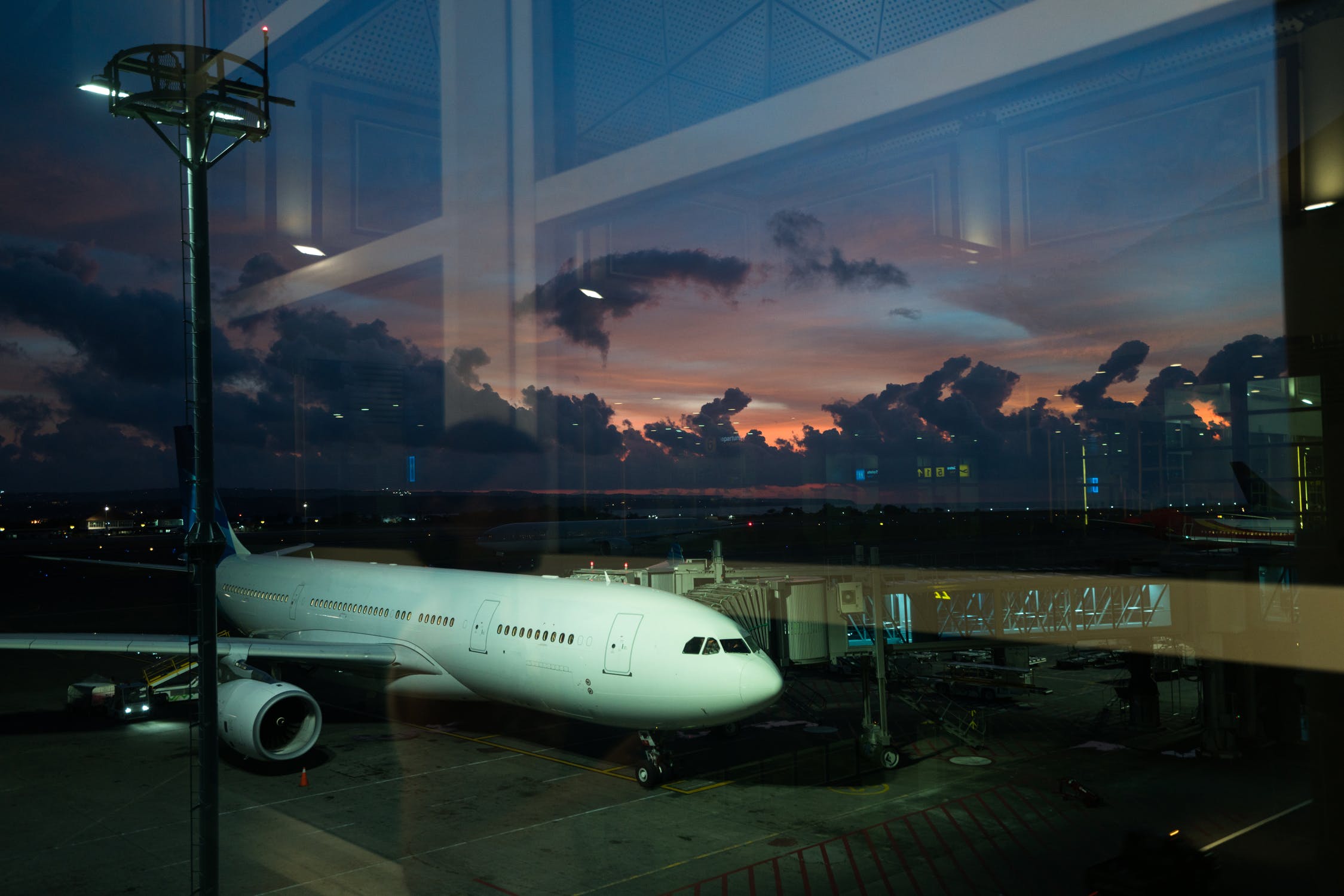Similar to most businesses, Burton Energy Group has been dealing with the demands of the COVID-19 pandemic in a number of different ways. Most employees worked from home for an extended time earlier this year, and the Burton team was able to work remotely to serve our clients. We also were able to utilize virtual meetings through Microsoft Teams, Zoom, and other platforms much more than usual, and many of us found them to be a great way to stay in touch with our colleagues and clients. We even had a couple of virtual Happy Hours that everyone enjoyed, and a “To Tell the Truth” game that gave everyone a few interesting insights into the management team at Burton.
As more workers started to return to the office, Burton instituted preventative practices, including social distancing procedures; enhanced cleaning procedures; promoting hygiene etiquette; developing protocols regarding when employees are not permitted to report to the office; and many other public health authority recommendations for preventing the spread of COVID-19, and these policies continue today.
For the demand side team at Burton, much of our work has typically involved travel to client facilities to perform various site assessments. However, we have had to further adapt over the past few months by focusing entirely on remote work. We also realize that many clients have much more challenging situations, and the entire Burton team is working hard to make sure we provide as much assistance as possible to help our clients with their energy needs during these difficult times.

However, as states have begun the process of reopening their economies, many businesses are beginning to return to work on at least some level. I recently was on my first flight since January, and it became obvious very quickly that things are very different – and we will likely be seeing a new normal for the foreseeable future. So, what can you expect now when you travel? First of all, the airports and airlines are taking the coronavirus very seriously by implementing more stringent requirements since flying puts you in greater contact with people than would typically occur otherwise.
Social distancing is now emphasized throughout airports with 6-feet markers in ticketing, security, and gate areas where lines are typically encountered. Hand sanitizer stations are also located throughout the airport in prevalent locations. While social distancing is difficult on an airplane, many airlines are blocking out the middle seats which reduces the overall capacity and removes the possibility of sitting directly next to someone on a flight. Most airlines have also enhanced cleaning procedures between flights and added improved air filtration and circulation to reduce the spread of germs and viruses. Even the mid-flight snack now comes in a pre-packaged bag.

Many airlines, including Delta based here in Atlanta, have instituted a policy of wearing face coverings during the flight for both passengers and crew. While it’s not very comfortable, especially on a long flight, you do get more used to it over time, and if it prevents the spread of the virus among the general public, then I am “on board” (pun intended). Airlines have also made it easier to change flights without penalty if travel plans change or you come down with an illness, which is good since the last thing travelers want to see right now is anyone flying with any symptoms of an illness. And it’s important to remember that the basic CDC guidelines still apply – stay at home if you are sick or if you have been around someone who is sick, and continue to wash your hands frequently and maintain six feet of distance from other people as much as possible.
No one knows how long this new normal will last, but I have a feeling it will be with us for a while. If you do find the need to travel, I hope everyone checks all the travel requirements and local policies/restrictions beforehand, takes the proper precautions, and most of all – stay safe!
